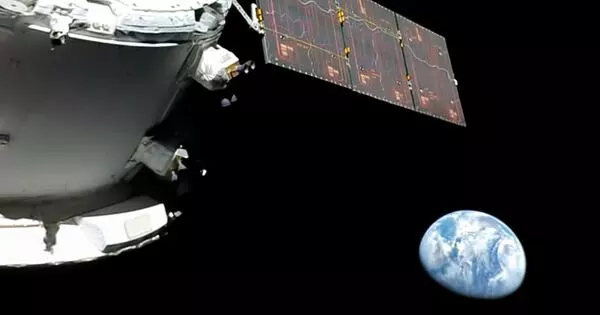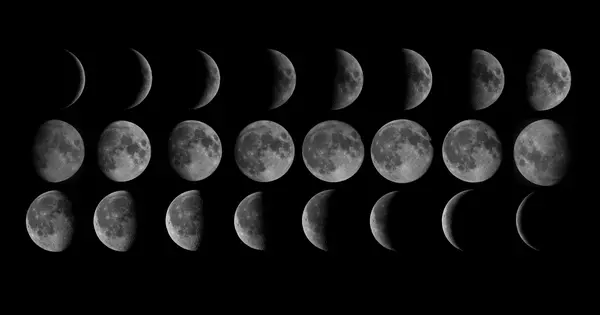NASA’s Artemis program is a collection of ongoing space missions. Three Artemis missions are currently underway: Artemis 1, an uncrewed test flight that will circle and fly past the Moon; Artemis 2, a crewed flight beyond the Moon that will take humans the furthest they’ve ever been in space; and Artemis 3, which will land the first female astronaut and the first astronaut of color on the Moon and spend a week performing scientific studies on the lunar surface.
The Artemis I mission brought Orion close to the moon before blasting off to an orbit that will take it farther away from Earth than any previous human-rated spacecraft. On Sunday, Orion entered the moon’s gravitational pull and used that power, along with a thruster on an outbound powered burn, to get within 81 miles of the lunar surface. It will travel 40,000 miles away from the moon over the next week. That would put it about 268.000 miles away from Earth, exceeding the distance traveled by Apollo 13 by about 30,000 miles.
“This is one of those days you’ve been thinking about and dreaming about for a long, long time,” said NASA flight director Zeb Scoville. “This morning we just saw the Earth set behind the moon as we take the next human-rated vehicle around the moon preparing to bring humans back there within a few years. This is a game changer.”
Orion launched from Kennedy Space Center on Nov. 16 atop the Space Launch System becoming the most powerful rocket to successfully launch from Earth into space with its 8.8 million pounds of thrust.
People on Earth tend to call the far side of the moon the dark side, but that’s a misnomer. On our flight the moon was between the Earth and the sun and the far side was lit by the sun.
Borman
Built by primary contractor Lockheed Martin and originally designed for NASA’s defunct Constellation program that was canceled in 2010, Orion shifted to become the prime spacecraft for the new Artemis deep-space program with plans to travel to the moon and eventually to Mars.
The 25.5-day mission is set to orbit the moon on this distant retrograde orbit, meaning opposite the spin of the moon, several times before returning to Earth for a splashdown in the Pacific Ocean on Dec. 11. This first one will take around six days. The outbound powered flyby began at 7:44 a.m. EST with the closest approach around 7:57 a.m. Since it flew around the far side of the moon, Orion lost communication with NASA for about 34 minutes.
The 2-minute, 30-second burn with 6,000 pounds of thrust comes from Orion’s Orbital Maneuvering System (OMS) engine, which previously flew on 19 missions of the Space Shuttle Program between 1984 and 2002. In total the service module has 33 engines, all from contractor Aerojet Rocketdyne, to allow for smaller adjustments to flight.

Artemis I is an uncrewed flight that looks to show the capsule is safe for humans. Its heat shield will need to fend off re-entry temperatures near 5,000 degrees Fahrenheit as the spacecraft comes in faster than any previously flown human-rated vehicle coming in at Mach 32 around 24,500 mph.
If successful, NASA can move forward with Artemis II, a crewed mission to orbit the moon slated for no earlier than May 2024, and Artemis III, which looks to return humans, including the first woman, to the lunar surface no earlier than 2025. The first time NASA made the trip around the far side of the moon was Apollo 8 in 1968 with astronauts Jim Lovell, Frank Borman, and Bill Anders.
“People on Earth tend to call the far side of the moon the dark side, but that’s a misnomer,” said Borman in an archived NASA video. “On our flight the moon was between the Earth and the sun and the far side was lit by the sun.”
Lovell, who also flew on Apollo 13, said he and his crewmates were in awe for that first trip. “We saw the far side,” he said. “We were like three schoolkids looking through a candy store window I guess just staring at the unnamed craters as they slowly passed us by.” On his second trip when Apollo 13 was not able to make its moon landing, it ended up flying out to 248,655 miles from Earth in 1970.
















